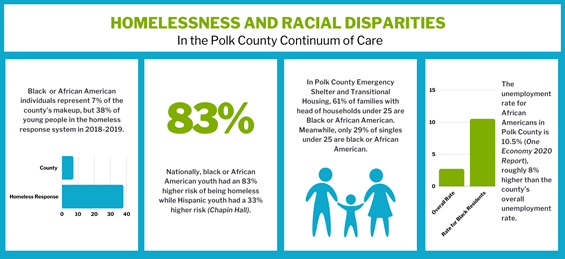DAY 7:
HOUSING & REDLINING
“It is hard to argue that housing is not a fundamental human need. Decent, affordable housing should be a basic right for everybody in this country. The reason is simple: without stable shelter, everything else falls apart.”
Matthew Desmond
Housing Matters
Housing is foundational to everything we value in our community. Providing access to safe, stable, and affordable housing is instrumental in building an equitable region for all.
Unfortunately, access to housing opportunities has never been equal in this country. The policy that we now know of as redlining has led to lasting disinvestment in minority neighborhoods. These practices were prevalent in the City of Des Moines, and their effects can still be seen today.
The practice of redlining began in 1934 in the midst of the Great Depression. The National Housing Act was signed by President Franklin D. Roosevelt in an attempt to revive the mortgage lending system. To assess the risk of borrowers, entire neighborhoods were graded on property condition and ethnic composition. The neighborhoods that were deemed to be lowest risk were outlined in green and the highest risk were outlined in red or redlined. These areas were excluded from receiving federally-backed home loans. Redlining maps were created for 239 cities across the United States, including Des Moines. In the Color of Law, Richard Rothstein notes that “a neighborhood earned a red color if African Americans lived in it, even if it was a solid middle-class neighborhood of single-family homes.”
The Des Moines Redlining map was created between 1936 and 1938. The redlining map of Des Moines allowed local lenders and banks to ensure certain neighborhoods stayed white and increased in value, while other areas retained and suppressed minority residents and their deteriorating homes. The Des Moines Area Descriptions specify the classification of each neighborhood.
The system of redlining embodied a process that turned explicit racism into structural racism. The geography and wealth gap that these maps created largely still exists today. Black homeowners are nearly five times more likely to own a home in a formerly redlined area, which results in diminished home equity and overall economic inequality for Black families.
In Des Moines, these consequences are still being felt today. Recent data from the One Economy: The Blueprint for Action report reveals that African Americans represent just 2.6 percent of all homeowners in Polk County, while representing 69.3 percent of renters compared to 32.9 percent of the general population.
Financial instability and housing inequities can unfortunately lead to homelessness. The chart below highlights racial disparities in homelessness in Polk County.
To address racial inequities in our community, we must begin by learning about the systemic way in which people of color have been excluded from building wealth through homeownership.
TODAY’S CHALLENGE: Do one or more of the following…
WATCH:
Watch the video Undesign DSM: What is Redlining? from the Polk County Housing Trust Fund, part of a five-week series explaining the history of redlining in the United States. (11:34)
READ:
Read the recent article Redlining: How racist policy from a 1930s program
has left scars still visible in today's Des Moines from the Des Moines Register by Kim Norvell about how redlining has shaped the city’s history.
LISTEN:
Listen to episode 36 of the Adam Ruins Everything podcast, with Waterloo, IA native Nikole Hannah-Jones on the Rippling Effects of Redlining and Segregation. (62:00)

DISCOVER:
Explore the interactive map by Mapping Inequality, a project which compiles redlining maps, area descriptions, and demographic information for cities across the United States.
Share your reflections on today’s topic on social media using the hashtag #unitedforequity and tag @UnitedWayCI on Twitter or @UnitedWayofCentralIowa on Facebook.
NEXT TOPIC: SEGREGATION
CONVERSATION PIECE: Art Addressing Equity

Artist: Shabana Gupta
Title: Cailen
Date of piece: January 2018
"[This piece] was inspired by an artist that takes graffiti and uses it as her background for black outlines of people in that community. The flashes of color that make up Cailen’s background represent the artistic work of people who get silenced or whose creativity is covered up.”
Shabana Gupta
CultureALL
Thank you to the members of BRAVO Greater Des Moines for curating the Equity Challenge Gallery, a collection of art in various media that speaks to the issues of equity in our society.
%20white.png?width=202&height=99&name=21%20day%20equity%20challenge%20(banner)%20white.png)

